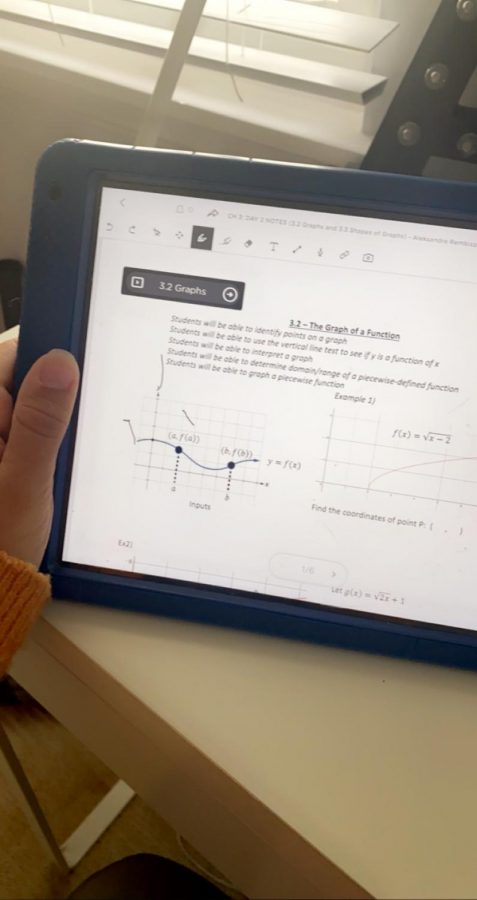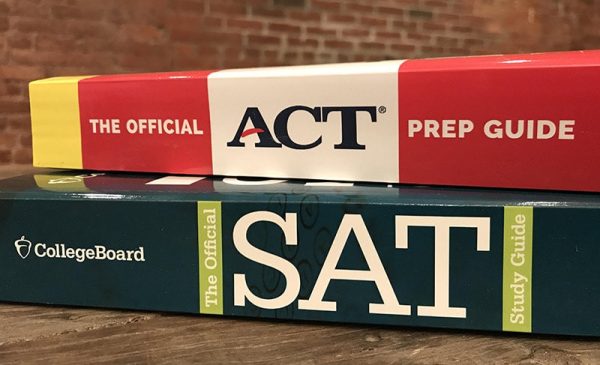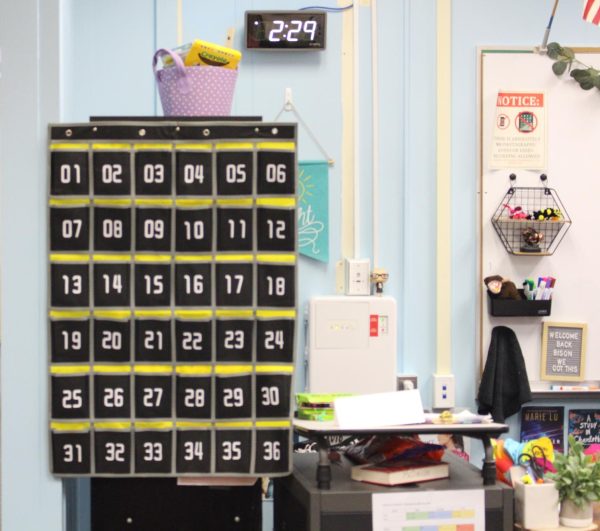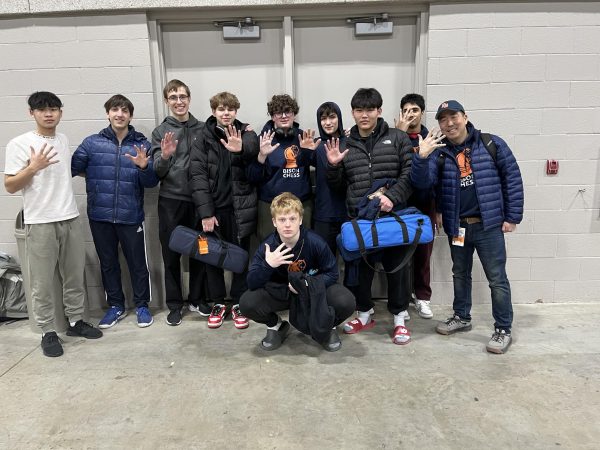Adapted learning methods engage students in e-learning
Student uses Class Kick, a popular new e-learning app used by BG teachers to monitor student progress in real time.
This school year so far has been a very unique experience for students and teachers. With the in-home setting, the adjustments for virtual learning, and the different approaches taken, many lives have changed vastly from what they were before. While virtual learning via Zoom, teachers have taken many steps in order to do what they feel is best for their students.
French teacher and social science division head Barabara Meyers has mentioned a new idea of a virtual language lab for students enrolled in a language course. Teachers have also been experimenting with plenty of new apps such as Classkick, an app where students can do their work on and teachers can view it in real-time, and Edpuzzle, an app in which students can watch videos related to what they’ve been learning in class.
“We all have lots of new resources which is great for us to be able to use and try different things,” Meyers said.
Students have had various opinions regarding this new curriculum. Junior Parneet Kaur hasn’t experienced many struggles and finds it quite flexible with a later starting time, and more time to do homework. Other students may have felt overwhelmed and unsatisfied with this new learning curve. Kaur’s personal favorite application is Remind, an app which allows teachers to notify students about anything, and her least favorite is Classkick.
“One of my favorite [apps] is the Remind app that some teachers use because it helps me remember what homework/quizzes I may have upcoming,” Kaur said. “I don’t really like Classkick because it’s slow and every-time a teacher uses it, it doesn’t work for half of the class.”
As we progress into the school year, more and more teachers have also been using a feature called a breakout room in Zoom. There, students are separated into groups from the rest of the class to collaborate on whatever the teacher assigns them to do.
“Sometimes the breakout rooms are okay to work in, especially when you know the people in them,” Kaur said. “But at other times, it’s very awkward when you don’t know anyone in there nor understand the assignment.”
Along with the many great aspects of virtual learning, there have been many struggles. A big factor may be the use of WiFi and technology. It can also be significantly harder to get in contact with a teacher. According to Kaur, it’s a little stressful when your WiFi is down and you have five minutes to switch in between classes.
Social science teacher Peter Duffer, said teachers are trying to do the best with what they have. Duffer has stopped trying to redirect students’ attention like he would in a classroom, but rather opted for notes that would be submitted for points via Schoology. This was one way to gauge attention.
“I have had students say that it helped them keep their focus for key points by using this method,” Duffer said.
Both, Meyer and Duffer said that it is significantly harder to read students’ facial expressions. In the classroom setting, it is easier to notice who might be struggling and who is doing fine. Without the face-to-face component, it’s been harder to evaluate the success of a student in class.
“We all entered this profession for interaction with students and other people,” Duffer said. “We have been finding ways to [incorporate new learning methods] but it is tough for students, teachers and families right now.”
With this new e-learning adjustment that we have encountered, it will take a while to get used to it. We still don’t know how long we will be taking this virtual learning route but with the constant progression of today’s technology, we are able to make this as close of an environment to in-school learning as possible.
“Not everything always goes as planned but that’s okay,” Meyer said, “Teachers always have a Plan B.”











